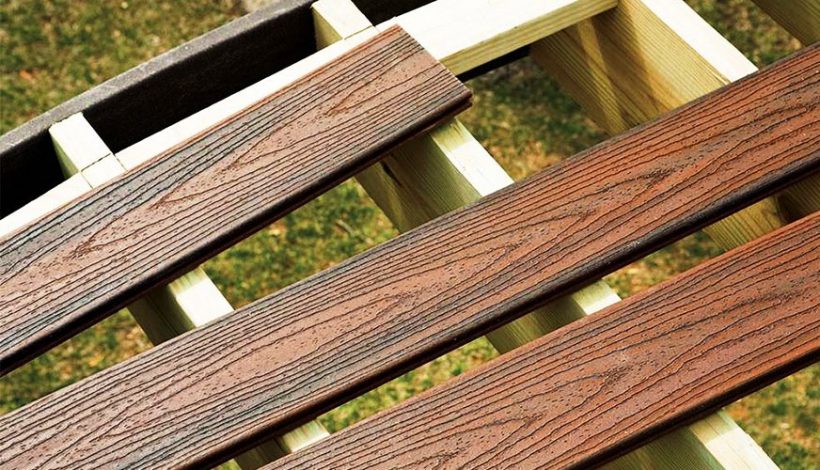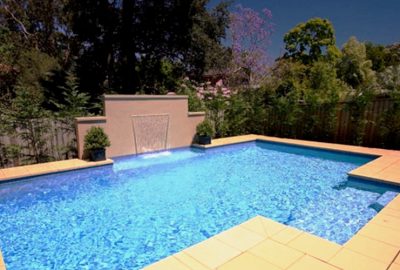Top Tips For Installing Trex Decking
If you have opted to install your Trex decking yourself, rather than employing landscapers from a professional decking company then we assume you have experience of doing so or at least have studied how to do so. We say that, not to in any way question your DIY skills, but rather to point out that installing decking is a considerable project, even for the most skilled of DIYers.
To help you further ensure that you have everything you need in order to make your Trex deck installation go as smoothly as possible, here are some tips which we believe will help you.
Planning Is Everything
We hope that this was in your mind anyway, but such is its importance that we put it first to remind you. No decking installation has any chance of being successful unless it is planned correctly, which may need help from a professional decking company.
Planning will be in two parts, with the first being where, and how big, your decking is going to be, and then working out how many boards you need, and the quantity of wood required for the frame.
The second part is the installation planning and ensuring that you are covered for every contingency. Here you want to ensure you have all the necessary tools, and other materials you might need, that you have planned it in terms of the time you will need, and ensuring that the area is safe should you ever be away from it for any length of time, especially if there are children or pets in your home.
Check Building Regulations
We have put this separately, even though it is really part of your planning process. The reason is to highlight it, as there are so many homeowners who install decking, only to find that it doesn’t meet the local building codes which apply. The last thing you want is to do all that work, have someone report you, and then be told to rip it all up by a local building inspector.
Do Not Compromise On The Frame And Joists
Any decking installation is really only as good as the structure which supports it, which is why the frame and the joists which you use are so important.
For a start do not try to cut costs by using sub-standard wood, as in the long-term, they are not going to be strong enough. In fact, we suggest going a stage further and using treated wood for the frame, in order to reduce any chances of rot in the future.
With regards to the joists ensure that they are the correct size and are set at the correct gap as laid out in your local building regulations that relates to decking.
Allow For Airflow Underneath Your Decking
The area underneath your decking does not need to be sealed, and in fact, the more you allow air to flow under decking the better it is. This airflow helps to prevent moisture from accumulating, and the boards from absorbing excess water. By doing so you reduce the risk of the boards swelling or being damaged.
Use Hidden Fasteners
One of the great benefits of Trex decking is its appearance, so why would you want to spoil that by using steel screws that are clearly visible to fasten the boards? Instead, you can use a fastener system that hides the screws by utilising caps, which not only hide the heads of the screws, but which also match the surface colours of the boards.



